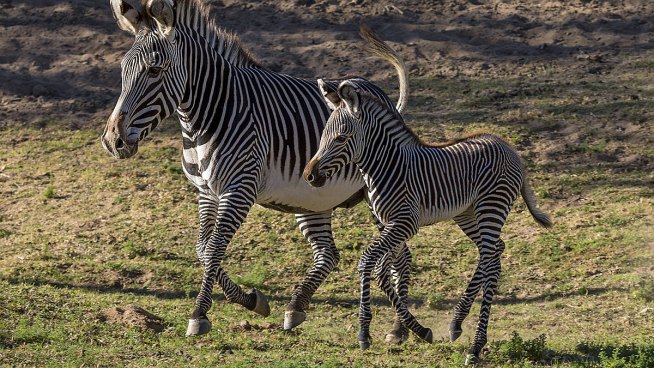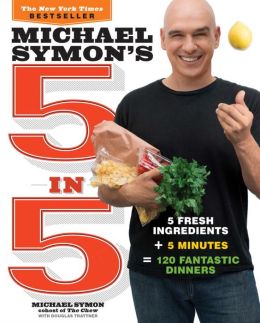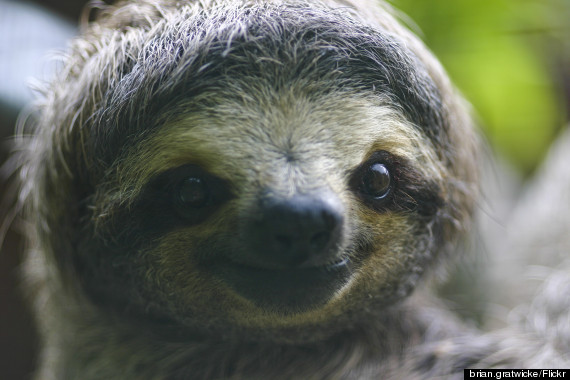 The perfect dinner for a cool winter evening, I adapted this recipe from one I found in the Jan/Feb 2014 issue of Cooking Light. It looks like a lot of ingredients, but the cooking is quick. It’s tasty and simple – my husband put this dish together to give me the night off!
The perfect dinner for a cool winter evening, I adapted this recipe from one I found in the Jan/Feb 2014 issue of Cooking Light. It looks like a lot of ingredients, but the cooking is quick. It’s tasty and simple – my husband put this dish together to give me the night off!Ingredients
1 cup uncooked rice
14 oz. firm tofu, cut into 1 inch cubes
5 tsp canola oil
2 tsp creamy peanut butter
1 1/2 tblsp Thai red curry paste
1 tsp cumin
1 tsp coriander
1 14 oz. can light coconut milk
3 tblsp soy sauce
1 tblsp brown sugar
3 cups cubed squash (I used butternut)
1 cup red bell pepper
2 or 3 shallots, sliced
2 tblsp lime juice
1/1/2 tsp grated lime rind
1/2 cup basil leaves
Instructions
- Cook rice.
- Place tofu on several layers of paper towels and cover with more paper towels. Let the tofu drain for about 30 minutes.
- Heat pan with 1 tblsp oil. Add tofu and saute until golden brown. Remove tofu.
- Reheat pan and add 2 tblsp oil, peanut butter, curry paste, cumin, and coriander. Cook for about 15 seconds.
- Add coconut milk, soy sauce, and sugar.
- Add squash, bell pepper, and shallots. Bring the mixture to a boil. Then reduce heat and simmer for about 15 minutes or until squash is tender.
- Stir in tofu, lime rind, and juice.
- Serve over rice with basil leaves as a garnish.



 In
In  In
In  Common non-native invasives include house sparrows and kudzu, but there are many, many more. And these species aren’t just an ecological nuisance, they can have major economic impacts too. Kudzu can costs homeowners substantial amounts once it gets into their landscaping (think herbicides). Zebra mussels were first introduced in the Great Lakes region, but have spread throughout the U.S. The
Common non-native invasives include house sparrows and kudzu, but there are many, many more. And these species aren’t just an ecological nuisance, they can have major economic impacts too. Kudzu can costs homeowners substantial amounts once it gets into their landscaping (think herbicides). Zebra mussels were first introduced in the Great Lakes region, but have spread throughout the U.S. The 

 OK, I absolutely hate reporting on this study, because I love collecting shells at my favorite beaches –
OK, I absolutely hate reporting on this study, because I love collecting shells at my favorite beaches – 


 As you know from reading this blog, our family spends a good bit of time each year volunteering at Sky Meadows State Park, our favorite Virginia state park. The Virginia State Parks system is hosting a “First Day” photo contest and we need your help to win! We’ve submitted our photo, taken at Sky Meadows on January 1. Now all we need is for all of you greenmomsters to vote for our photo at
As you know from reading this blog, our family spends a good bit of time each year volunteering at Sky Meadows State Park, our favorite Virginia state park. The Virginia State Parks system is hosting a “First Day” photo contest and we need your help to win! We’ve submitted our photo, taken at Sky Meadows on January 1. Now all we need is for all of you greenmomsters to vote for our photo at